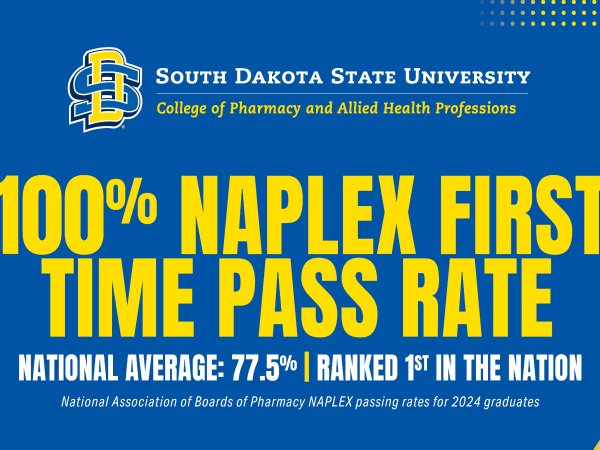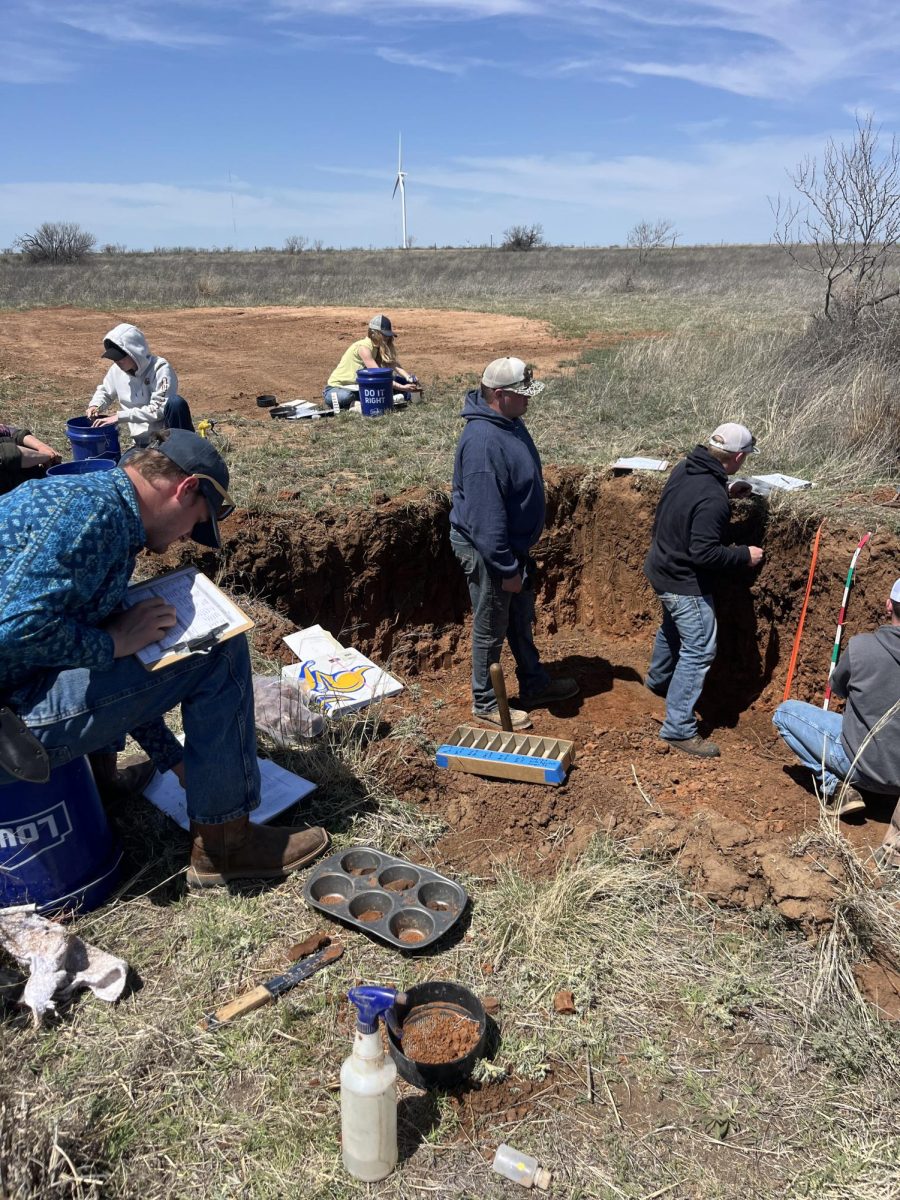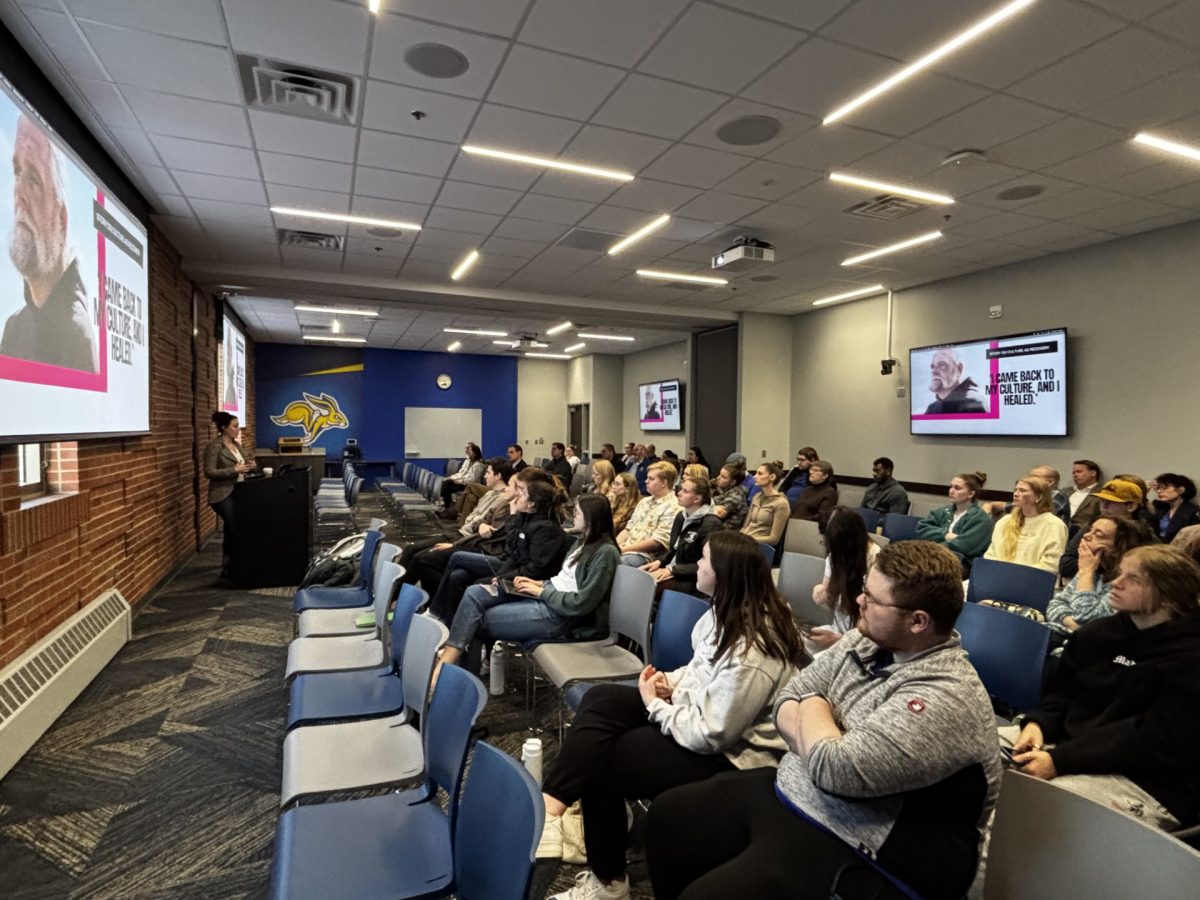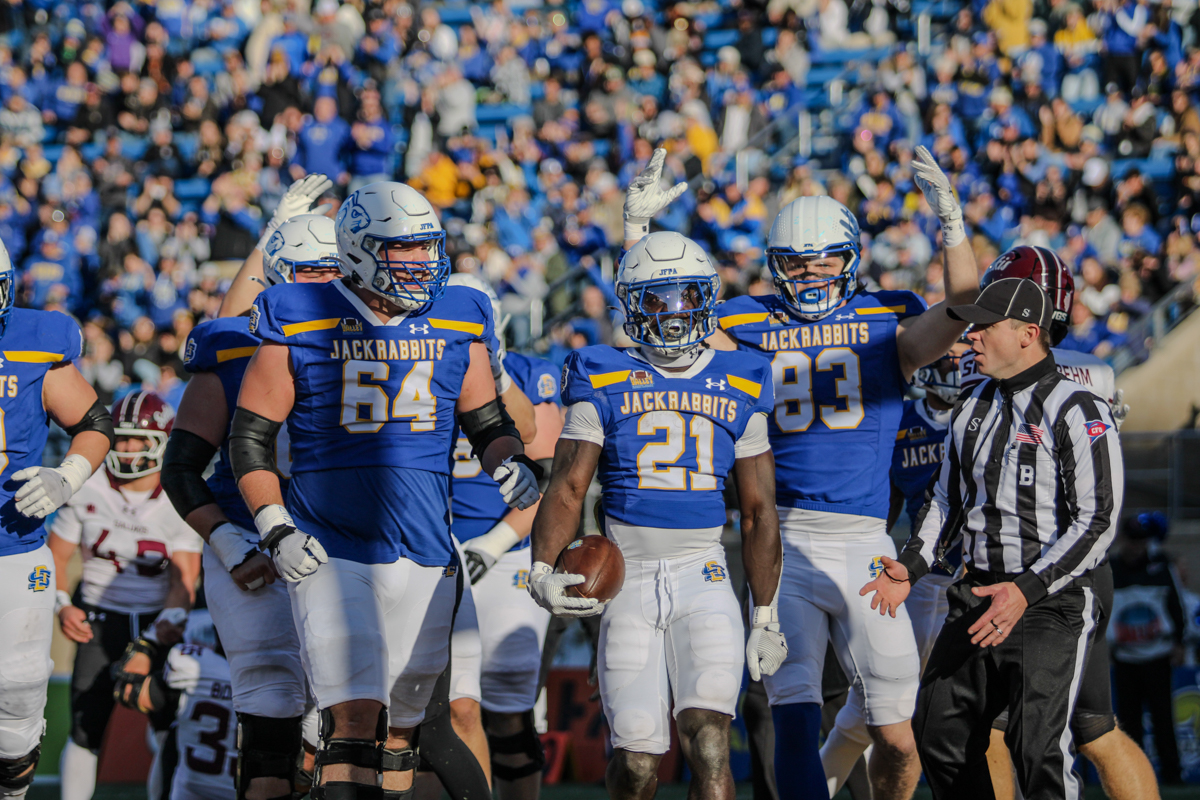South Dakota State University is working toward elevating itself as a research university and pursuing a pathway to achieve designation as an ‘R1 Research University’ by Carnegie Classification of Institutions of Higher Education.
R1 Universities consist of ‘Doctoral Universities’ that engage in ‘very high research activity’ and provide a framework of categorizing U.S. higher education institutions. It is often called the Carnegie Classification and is managed by the American Council on Education, which releases the classifications based on a three-year cycle.
“The system was designed not to serve as a ranking system but rather as a means of uniformly categorizing institutions,” said Daniel Scholl, SDSU’s vice president for Research and Economic Development. “So, researchers into the effects of higher education or the conduct of higher education services could use a consistent system in their studies to achieve comparability between research studies.”
According to Scholl, the goal of ‘R1 our way’ was announced while preparing the current strategic plan, which is ‘Pathway to Premier 2030’ and the goal was a part of the process of consulting with internal and external stakeholders.
Currently, SDSU is classified under ‘R2: Doctoral Universities- high research activity’ and South Dakota remains as one of the five states without an R1 university. While SDSU was founded in 1881, the Carnegie Classification did not come into existence until 1970.
“When SDSU was founded, it was founded as South Dakota’s land grant university,” Scholl said. “The mission of the land grant university was twofold; it was to provide research-based knowledge for agriculture and engineering, and it was also intended to provide higher education for everybody.”
Scholl believes that transitioning is now a natural step to complete SDSU’s growth and maturation as a research university and to be further recognized as a top category R1 research university.
“The categorization of universities says something about the university,” Scholl said. “Being categorized among the R1 universities communicates that the university has a well-established capability of solving problems through research scholarships and communicates to sponsors, potential sponsors, faculty, staff and potential students that the university is capable of operating consistently at a high level of excellence and generating results that help improve lives of society its serves.”
R1 classification for SDSU would open doors for being competitive, more sponsorships, external funding, recruiting talented faculty and staff, and attractive for undergraduate, master’s and doctoral students due to the level and depth of research scholarship activities.
“For SDSU to be as competitive as possible, in terms of attracting graduate students and faculty and successfully competing for grants, we would be best positioned if we could elevate to that R1 status,” Lynn Sargeant, dean for College of Arts, Humanities and Social Sciences (CAHSS) said. “The challenge with that of course is that it takes a lot of effort, resources and shifting of priorities.”
In a phone interview with Vernon Brown, SDSU’s associate vice president for External Affairs, and Barry Dunn, president of SDSU, they focused on how transitioning to R1 would benefit the SDSU community.
“It’s our responsibility as a land grant university to continue to improve our service to our state and our region by creating more knowledge through scientific discoveries and distributing that knowledge within communities and economies that we work in and to empower them and be competitive in the future,” Dunn said.
Research universities are a small group under Carnegie Classification of various universities that meet a certain level of minimum number of doctoral degrees awarded per year and annual total research expenditure which are further divided into R1, R2 and R3.
For SDSU to transition from R2 to R1 university, Scholl explains that SDSU needs to continue the current pathway to grow the amount of research conducted along with quality and impact.
“There are two criteria, and the first criteria is to have an average of $50 million per year or more of total research expenditures, which is external and internal funds used to carry out research,” Scholl said. “The second criteria have to do with research education at the highest level, which are research based doctoral degrees and the minimum criteria for R1 classification is 70 per year.”
Currently, SDSU averages around $74 million for research expenditures per year. Every year, SDSU observes around 35 to 45 students graduating from doctoral and similar degrees. Scholl describes that an area for growth is to shift focus on doctoral level education.
“The biggest change for SDSU will be either to grow some of the existing PhD programs or create some new PhD programs or both,” Sargeant said. “The bar of producing 70 research PhD’s every year, that means graduating them, is actually a high bar and we do not consistently now make that level.”
The costs for making these changes depend on the adding programs and increasing number of students in existing programs. It would also depend on growth for research development and administration services.
“Some choices of course are always made by re-focusing on the funds that we have in our budgeting process,” Scholl said. “But we will also continue to raise funds from donors, private and public sector, state appropriations and from sponsorships.”
Sargeant vocalized her thoughts about how costs of transitioning into R1 would impact the College of Arts, Humanities and Social Sciences.
“For my college [CAHSS], as an example, our most immediate challenge would be researching potential PhD programs, two or three in the college and then identifying the cost to establish them, if they’re approved,” Sargeant said. “This would mean hiring new faculty, providing more research support and providing financial support to graduate students.”
At the moment, the College of Arts, Humanities and Social Sciences does not have any PhD programs. Earlier, a PhD program in Sociology was offered, but struggled to sustain and had to be suspended.
Scholl added that SDSU would continue to grow fund sources as they renewed and revitalized infrastructure and have added nearly a million square feet of either new or renovated research and education spaces over more than the last 10 years.
The goal of achieving R1 status is currently in its first year, which is the year of planning and incorporates the priority for focusing efforts to grow and to be recognized as an R1 university.
Scholl narrates that the upside of SDSU’s goal to be recognized as R1 university would consist of being more widely recognized by the higher education community and greater confidence by external groups in the university which increases ability to raise funds for greater impact on solving problems and educating students at all levels and of different degree programs.
Sargeant proceeded to describe various benefits of transitioning to an R1 university such as national and international recognition for success in research and scholarship activity along with increase in student, faculty and staff recruitment
Sargeant also stated that the city of Brookings and the state of South Dakota would benefit from that, and the reputation would encourage investments in the work of the university and bring an economic relationship between the work of the university and the economy of the state.
“There isn’t a downside,” Scholl said. “Change is hard work and re-focusing efforts is hard too, but it won’t undermine any of SDSU’s responsibilities, impact and reason for existing as a land grant university.”
According to Sargeant, the benefits of SDSU attaining R1 classification varies among undergraduate and graduate students, and faculty too. Undergraduate students look to choose their institutions based on family relations, proximity and program opportunities but not focused on an individual faculty.
Graduate students mainly look for specific individuals and the R1 status would make a big difference on how students are recruited. Faculty point of view for differentiation between R2 and R1 universities pertains to doing more research activities, more resources to conduct research and higher expectations of quality of work.
“From a student perspective, I would say that we’re excited about it,” Hayden Bentz, vice president of Students’ Association (SA), said. “Both President Dunn and other university administration have been very adamant in conversations with President Peterson [SA President] and myself that they’ve been saying it ‘R1 our way’ and that’s their way of saying we don’t want any compromise on teaching, but that faculty work on research as well as teach students.”
Scholl spoke about the increased level of research scholarship activity taking place that would create more opportunities for undergraduate students to take part in faculty led research activities and moving into job markets would create a differentiating factor for graduate students based on their involvement in faculty led research along with problem solving and creativity skills.
“Students are looking for a place to get an education that can help them differentiate themselves in the marketplace,” Scholl said. “Faculty and staff are looking for a place where they can realize their career goals and being recognized in the top categories of universities communicates that there is space to reach one’s goals here at SDSU.”
Dunn elaborates that students over time would have a stronger knowledge-based university and better learning experiences in classrooms and laboratories along with enhanced education such as more seminars.
“From a faculty standpoint, I think there is more prestige, and we would attract very good faculty and would help us retain faculty longer than we have right now and help them see themselves as some of the top faculty in the world and I think that is very important,” Dunn said.
SDSU’s growth as a research university is a continual progression and does not limit to meeting a goal and ending the process, but instead continuing the growth and meeting the goal eventually.
“I would think that in the 2031 classification, we should have grown and continued to grow to fulfill the R1 classification criteria,” Scholl said. “Classification is important because it says something, but the more important part is our continual growth as a research university and a fully comprehensive research university.”
Sargeant concludes about the opportunity of faculty working towards R1 and both their excitement and nervousness.
“Change is hard and especially at the beginning of change is a little bit nerve-wracking,” Sargeant said. “But I think across the board, faculty are very proud of SDSU and do believe that SDSU can really elevate itself and the task for us would be to work hard and to work together to get to the next level.”
Dunn deduces that a lot of foundation work has been put in place already to make developments to attain R1 status.
“It is important for people to understand that over the last decade, the university has taken steps to build a foundation from which we can achieve R1,” Dunn said. “We built or remodeled 860,000 square feet of classroom and laboratory buildings on campus and in the last three-and-a-half years, we have invested $15 million in high-speed computing, data storage, access points on campus and in the last seven years we went from 13 endowed positions to 56.”
SDSU works toward transitioning as R1 University
0
More to Discover
About the Contributor
Kenneth Rebello, Asst. News Editor





















